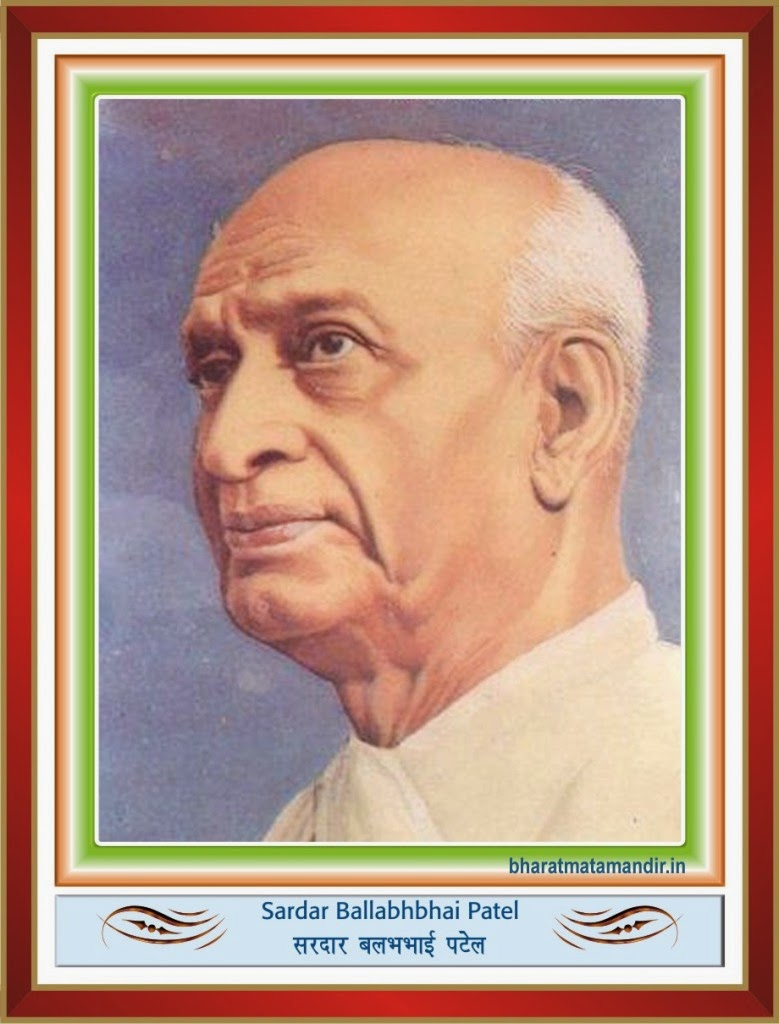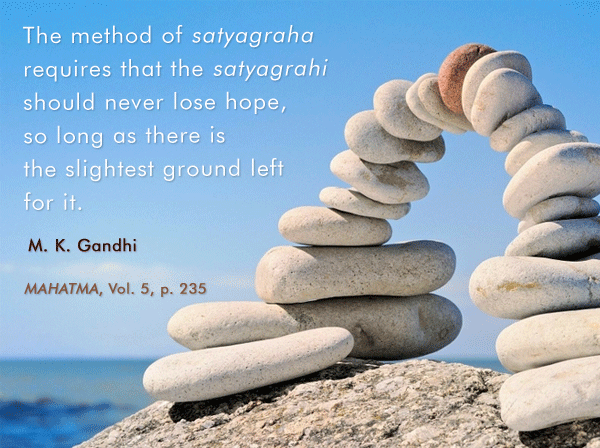The miracle of India’s negative growth:
The Indian Express
13/06/2013
The miracle of India’s negative growth:
----------------------------------------------------
Surjit S Bhalla : Thu Jun 13 2013, 03:09 hrs
RBI and CAG have each caused a loss of Rs 1.75 lakh crore to the economy over the last two years
The economy has slowed down beyond most people's imagination, let alone expectation. The rupee has depreciated the most among emerging market currencies — close to 7 per cent this year and 10 per cent since the end of April. This has caused angst, and a healthy debate, in both the economic and policy community. Just two years ago, India was celebrating the miracle of 8.4 per cent average growth for eight years (2003-2010), including the three years of the Great Global Recession. And then a negative miracle — GDP growth collapsed to 5 per cent (factor cost) in 2012-13, or 3.2 per cent according to the universally preferred measure of growth at market prices. What happened, and who is responsible for this negative miracle?
Obviously, this miraculous decline is man-made and the result of several factors/policies. Two prominent determinants of the negative miracle are the operation of policies by two esteemed institutions — the monetary authority, RBI, and the governance authority, the CAG. By my calculations, each of them has contributed an equal (presumptive?) loss to the Indian economy — at least 1 per cent of GDP for each of the two years, or around Rs 1.75 lakh crore each.
How can such an assessment be made? By examining the determinants of investments and growth for the last 35 years and especially the last 20 (since 1993). For some suggestive answers, take a good look at the chart — I believe it contains a lot of answers to several questions of policy. The chart plots GDP growth versus the (real) SBI benchmark prime lending rate lagged one year. That is it — no statistical pyrotechnics, nothing. The chart reveals as close a fit as one can imagine between two variables that according to Indian myths are not even supposed to be related to each other. How many times have you heard learned economists, including those at the RBI, and even more learned "market" economists, opine that in a country like India, real lending rates don't really matter for investment, production and growth. Then what does?
The reply comes back in double quick time. It is oil prices, projects being cleared and not cleared by the government, animal spirits, complementary infrastructure investments, etc. It is nobody's case that such things do not matter. Equally, it should be nobody's case, especially from the hallowed policy-making circle at the RBI and PMO, that interest rates do not matter. Especially when you consider the incontrovertible evidence — simple and convincing — relating interest rates to growth. One variable alone explaining 60 per cent of the variation in growth for the last 20 years — you have a better one?
The following two quotes illustrate the outdated thinking among our leading monetary policy-makers. C. Rangarajan, ex-governor of the RBI and major adviser to the PM, had this to say about the problems, and solutions, to the negative miracle: "Our investment rate has fallen but it is still growing at a rate of 30-32 per cent...We need to look at the fact that we have not been getting the full benefits of the investments that we have put in. If we activate these investments, we can get a higher growth". D. Subbarao (RBI's latest report on the economy) states: "Growth continued to slow down in 2012-13, but could witness a slow-paced recovery later this year contingent on improved governance and concerted action to resolve structural bottlenecks especially in the infrastructure sector".
Neither individual and/ or institution believes that interest rates matter for investments and growth — though both believe that such rates matter for reducing inflation. If you are confused by the contradictions, so am I. But going back to the evidence. What the chart documents is that the response of growth to real interest rates is large: about minus 0.8 to minus 1 no matter what the time-period over which the estimate is obtained over the last 35 years. And interest rates equally affect investment. The strong results are that each 1 percentage point rise in real interest rates decreases the share of investment by 2.5 to 3 percentage points, and decreases growth by 0.8 to 1 percentage point. The effect is robust, and these are not small magnitudes, and they explain between 50 and 70 per cent of the variation in investments and growth.
What is the cost to the economy of the mismanagement of monetary policy? The chart, and associated variables, contain clues. Just knowledge of SBI lending rates of a year earlier allows one to forecast with great accuracy the growth performance of the Indian economy. The graph has three lines — predicted growth (on the basis of real interest rates) and a plus-minus 2 per cent band. This tight error band contains all the predictions — a tribute to the predictive power of monetary policy via interest rates. For 2011-12 and 2012-13, growth was below that forecast by interest rates by 3 and 2.8 per cent respectively. In other words, something else happened in addition to bad monetary policy that helped collapse the Indian economy. That something else was the CAG and its weak and misguided analysis which contributed, largely, to policy paralysis.
Policies have costs and benefits. If growth is being affected by inappropriate policy, then that is of concern to all of us, and particularly to the ruling political party. Growth declines help the political opposition, just as enhanced growth helps the incumbent. Shockingly, the present RBI policy on interest rates is an eerie replay of what happened in India in the mid-1990s. At that time, India had just grown above 7 per cent for the three years 1994-95 through 1996-97. The economic reforms of 1991 had opened up the Indian economy, decreased many "structural" bottlenecks, but the finance minister, Manmohan Singh, and the RBI governor, Rangarajan, most likely felt India was over-heating, misread the macro-economy, and tightened monetary policy and plunged India into slow growth for most of the subsequent decade. A very tight monetary policy most likely contributed to the Congress's unexpected defeat in 1996 — and gave economic reforms a bad political name!
Today, the players are the same, albeit joined by RBI Governor Subbarao who, not unlike Rangarajan, is very much in the old-fashioned monetarist mould. Even in the mid-1990s, money supply economics was a discarded relic in most parts of the world; it is even more irrelevant today. So if history repeats itself and the Congress loses the 2014 election, at least part of the blame will be on the near-identical to 1996 monetary policy mistakes of 2011 onwards. (Again, several factors determine election wins and losses; the economy is just one, albeit important, factor).
PS: While I believe aggressive monetary easing is absolutely necessary to get India on a positive growth path, I also believe that the RBI should raise rates, yes raise repo rates, if the UPA acts irresponsibly and brings in the populist, budget-busting, Food Security Bill.
The writer is chairman of Oxus Investments, an emerging market advisory firm, and a senior advisor to Blufin, a leading financial information company
13/06/2013
The miracle of India’s negative growth:
----------------------------------------------------
Surjit S Bhalla : Thu Jun 13 2013, 03:09 hrs
RBI and CAG have each caused a loss of Rs 1.75 lakh crore to the economy over the last two years
The economy has slowed down beyond most people's imagination, let alone expectation. The rupee has depreciated the most among emerging market currencies — close to 7 per cent this year and 10 per cent since the end of April. This has caused angst, and a healthy debate, in both the economic and policy community. Just two years ago, India was celebrating the miracle of 8.4 per cent average growth for eight years (2003-2010), including the three years of the Great Global Recession. And then a negative miracle — GDP growth collapsed to 5 per cent (factor cost) in 2012-13, or 3.2 per cent according to the universally preferred measure of growth at market prices. What happened, and who is responsible for this negative miracle?
Obviously, this miraculous decline is man-made and the result of several factors/policies. Two prominent determinants of the negative miracle are the operation of policies by two esteemed institutions — the monetary authority, RBI, and the governance authority, the CAG. By my calculations, each of them has contributed an equal (presumptive?) loss to the Indian economy — at least 1 per cent of GDP for each of the two years, or around Rs 1.75 lakh crore each.
How can such an assessment be made? By examining the determinants of investments and growth for the last 35 years and especially the last 20 (since 1993). For some suggestive answers, take a good look at the chart — I believe it contains a lot of answers to several questions of policy. The chart plots GDP growth versus the (real) SBI benchmark prime lending rate lagged one year. That is it — no statistical pyrotechnics, nothing. The chart reveals as close a fit as one can imagine between two variables that according to Indian myths are not even supposed to be related to each other. How many times have you heard learned economists, including those at the RBI, and even more learned "market" economists, opine that in a country like India, real lending rates don't really matter for investment, production and growth. Then what does?
The reply comes back in double quick time. It is oil prices, projects being cleared and not cleared by the government, animal spirits, complementary infrastructure investments, etc. It is nobody's case that such things do not matter. Equally, it should be nobody's case, especially from the hallowed policy-making circle at the RBI and PMO, that interest rates do not matter. Especially when you consider the incontrovertible evidence — simple and convincing — relating interest rates to growth. One variable alone explaining 60 per cent of the variation in growth for the last 20 years — you have a better one?
The following two quotes illustrate the outdated thinking among our leading monetary policy-makers. C. Rangarajan, ex-governor of the RBI and major adviser to the PM, had this to say about the problems, and solutions, to the negative miracle: "Our investment rate has fallen but it is still growing at a rate of 30-32 per cent...We need to look at the fact that we have not been getting the full benefits of the investments that we have put in. If we activate these investments, we can get a higher growth". D. Subbarao (RBI's latest report on the economy) states: "Growth continued to slow down in 2012-13, but could witness a slow-paced recovery later this year contingent on improved governance and concerted action to resolve structural bottlenecks especially in the infrastructure sector".
Neither individual and/ or institution believes that interest rates matter for investments and growth — though both believe that such rates matter for reducing inflation. If you are confused by the contradictions, so am I. But going back to the evidence. What the chart documents is that the response of growth to real interest rates is large: about minus 0.8 to minus 1 no matter what the time-period over which the estimate is obtained over the last 35 years. And interest rates equally affect investment. The strong results are that each 1 percentage point rise in real interest rates decreases the share of investment by 2.5 to 3 percentage points, and decreases growth by 0.8 to 1 percentage point. The effect is robust, and these are not small magnitudes, and they explain between 50 and 70 per cent of the variation in investments and growth.
What is the cost to the economy of the mismanagement of monetary policy? The chart, and associated variables, contain clues. Just knowledge of SBI lending rates of a year earlier allows one to forecast with great accuracy the growth performance of the Indian economy. The graph has three lines — predicted growth (on the basis of real interest rates) and a plus-minus 2 per cent band. This tight error band contains all the predictions — a tribute to the predictive power of monetary policy via interest rates. For 2011-12 and 2012-13, growth was below that forecast by interest rates by 3 and 2.8 per cent respectively. In other words, something else happened in addition to bad monetary policy that helped collapse the Indian economy. That something else was the CAG and its weak and misguided analysis which contributed, largely, to policy paralysis.
Policies have costs and benefits. If growth is being affected by inappropriate policy, then that is of concern to all of us, and particularly to the ruling political party. Growth declines help the political opposition, just as enhanced growth helps the incumbent. Shockingly, the present RBI policy on interest rates is an eerie replay of what happened in India in the mid-1990s. At that time, India had just grown above 7 per cent for the three years 1994-95 through 1996-97. The economic reforms of 1991 had opened up the Indian economy, decreased many "structural" bottlenecks, but the finance minister, Manmohan Singh, and the RBI governor, Rangarajan, most likely felt India was over-heating, misread the macro-economy, and tightened monetary policy and plunged India into slow growth for most of the subsequent decade. A very tight monetary policy most likely contributed to the Congress's unexpected defeat in 1996 — and gave economic reforms a bad political name!
Today, the players are the same, albeit joined by RBI Governor Subbarao who, not unlike Rangarajan, is very much in the old-fashioned monetarist mould. Even in the mid-1990s, money supply economics was a discarded relic in most parts of the world; it is even more irrelevant today. So if history repeats itself and the Congress loses the 2014 election, at least part of the blame will be on the near-identical to 1996 monetary policy mistakes of 2011 onwards. (Again, several factors determine election wins and losses; the economy is just one, albeit important, factor).
PS: While I believe aggressive monetary easing is absolutely necessary to get India on a positive growth path, I also believe that the RBI should raise rates, yes raise repo rates, if the UPA acts irresponsibly and brings in the populist, budget-busting, Food Security Bill.
The writer is chairman of Oxus Investments, an emerging market advisory firm, and a senior advisor to Blufin, a leading financial information company



Comments